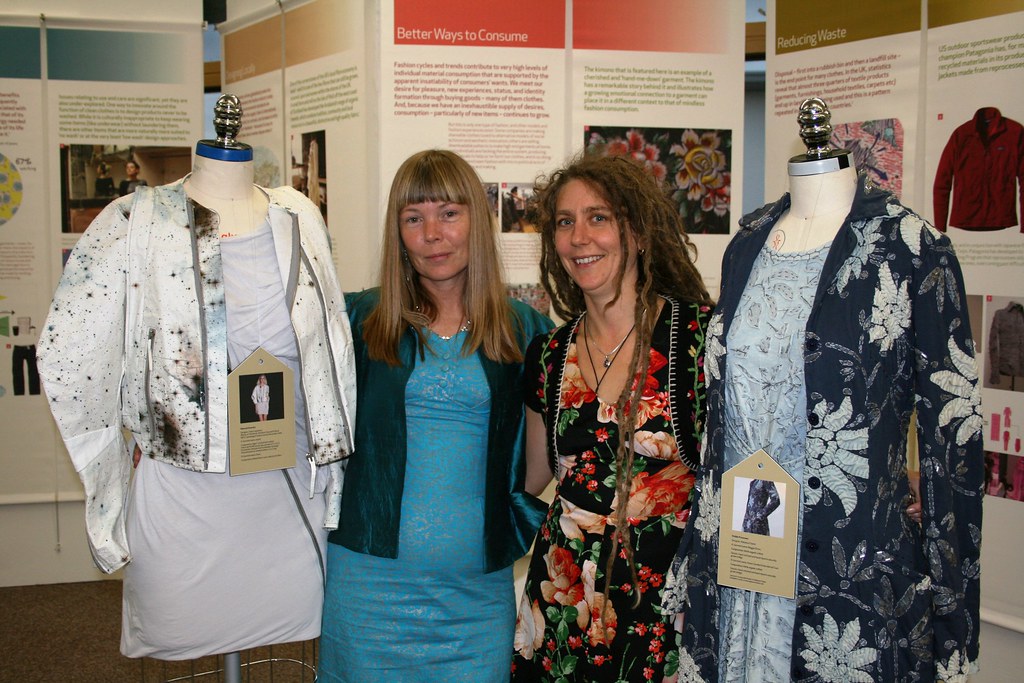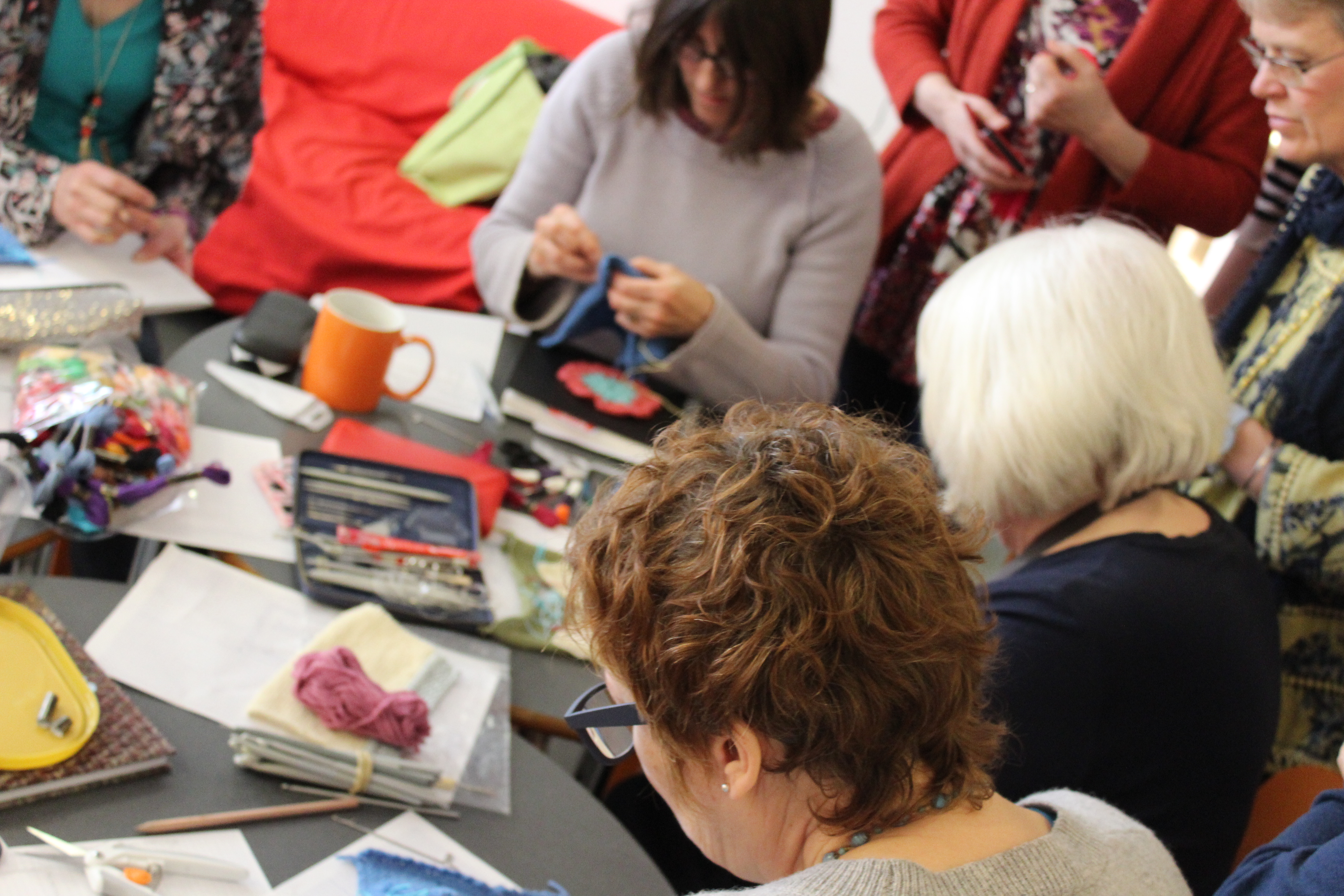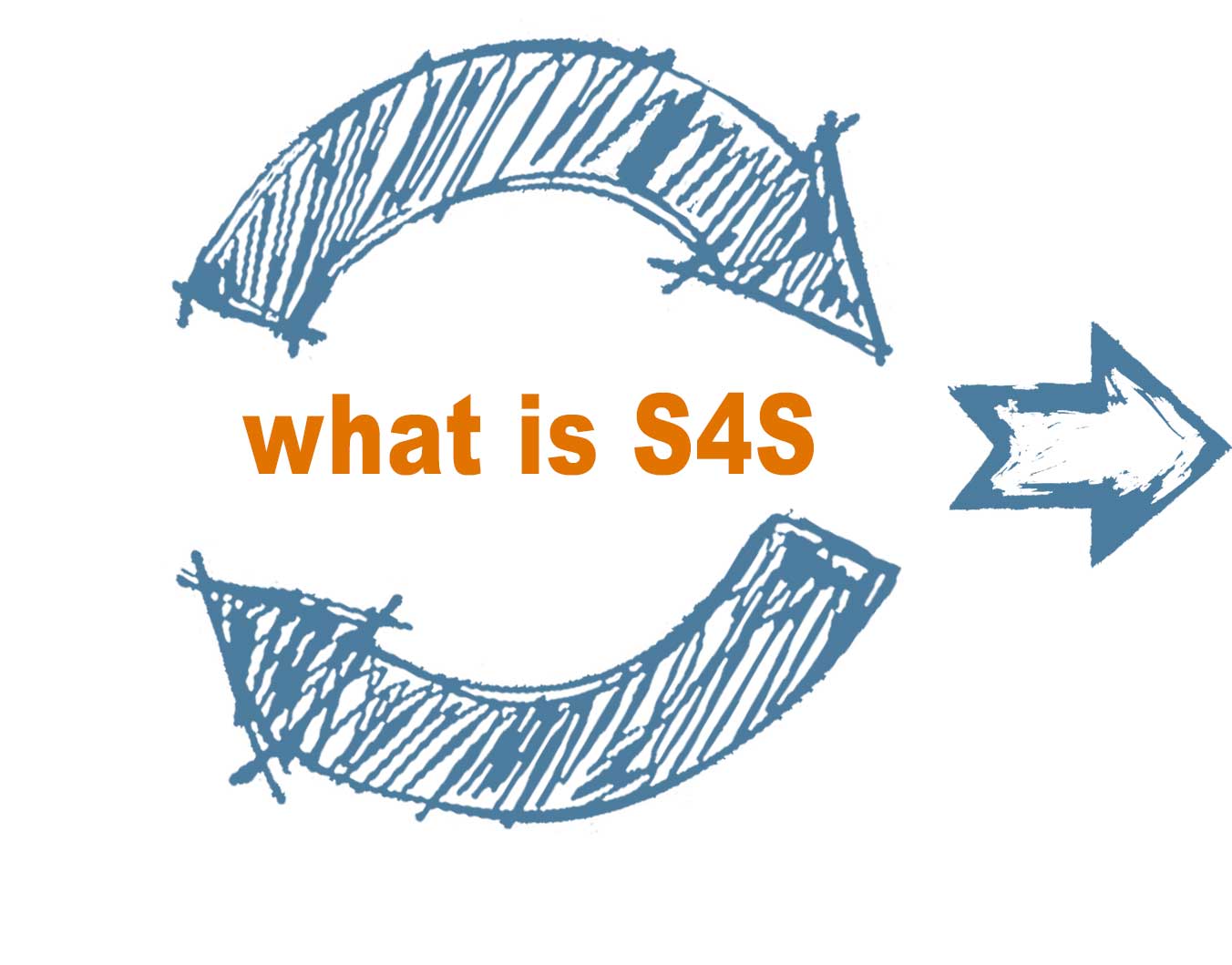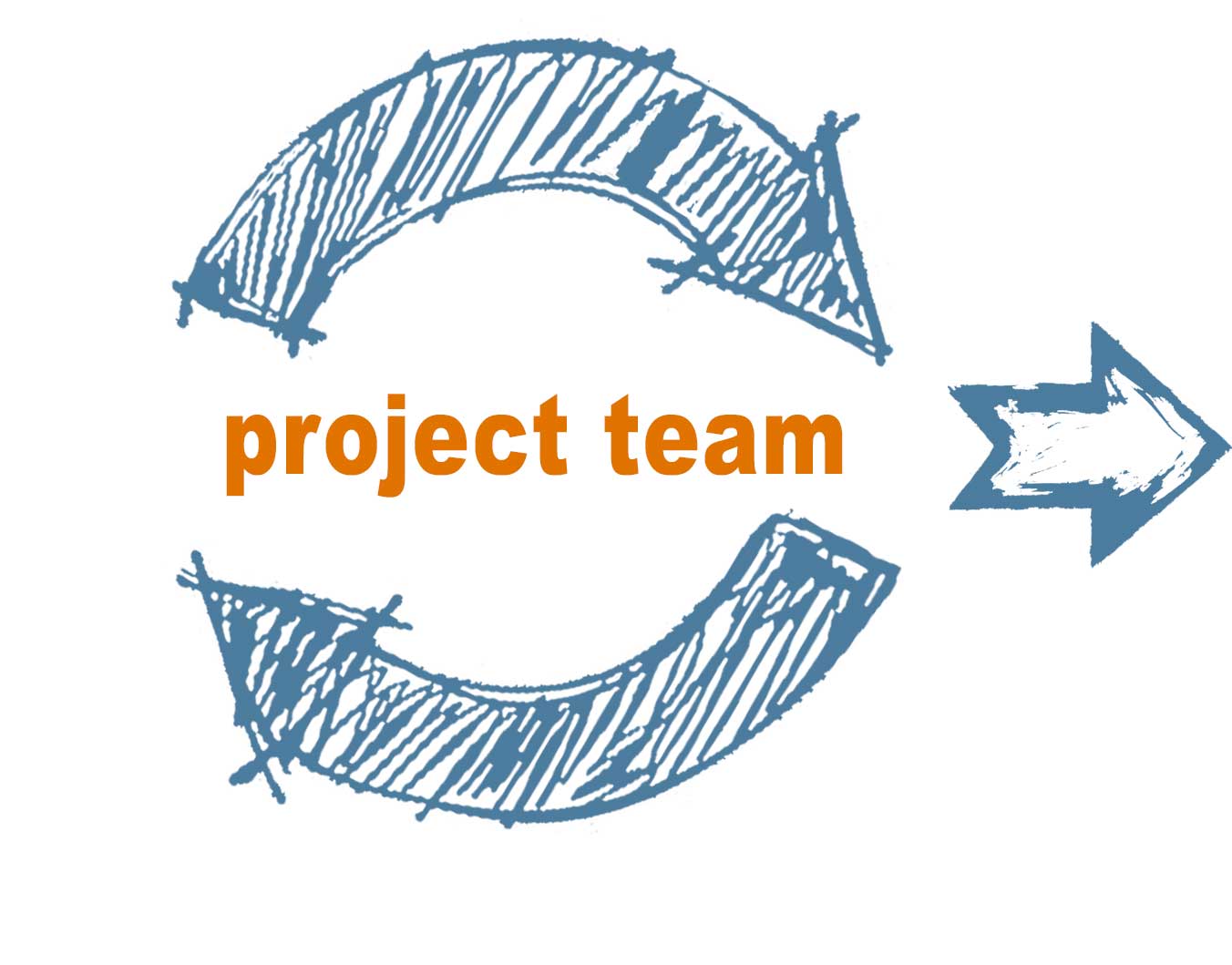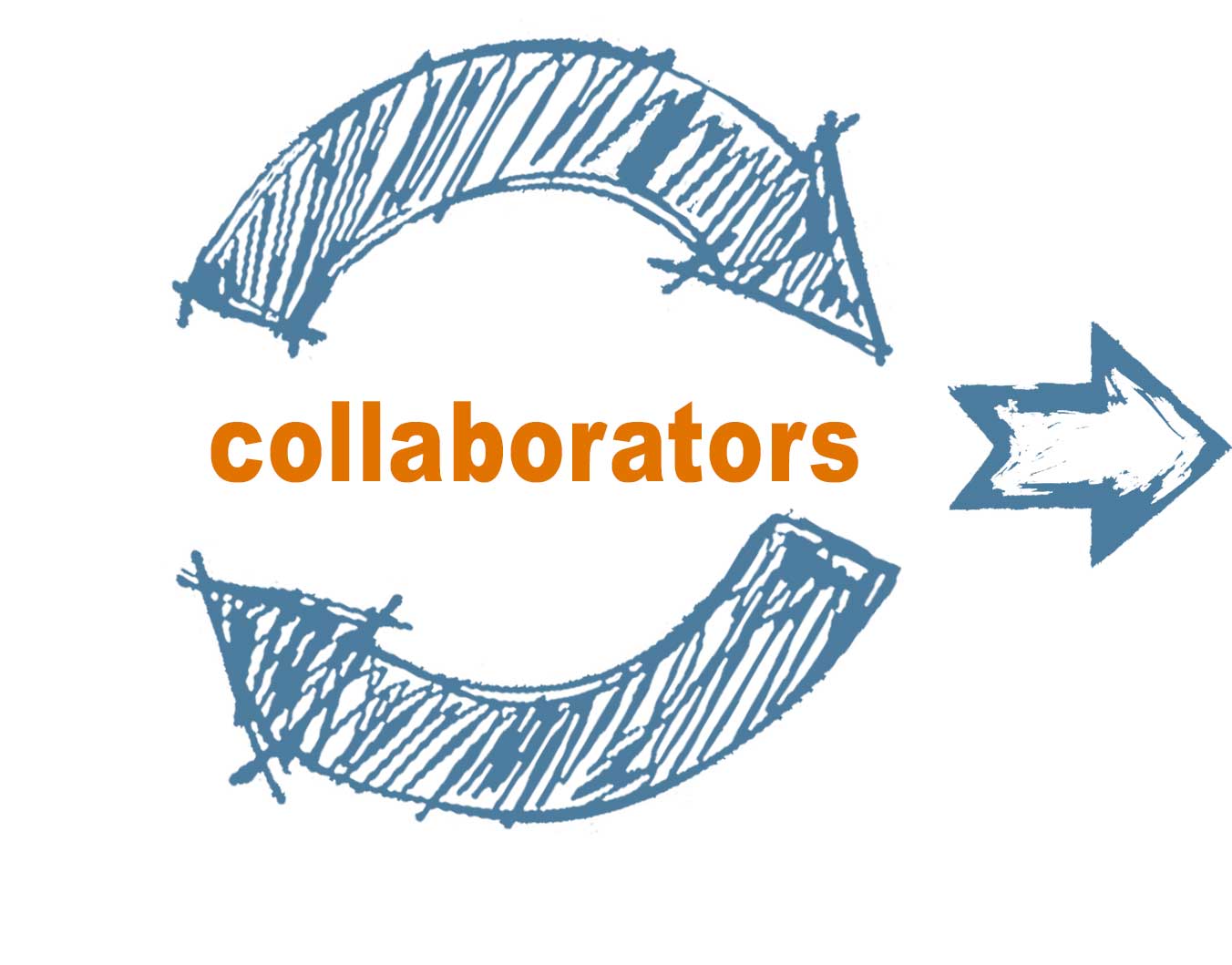WHO WE ARE | WHAT IS S4S
We began to conceive of the S4S project in 2013. The Rana Plaza disaster had recently happened. This made us sit up and take note of how damaging the race-to-the-bottom global supply chains of fashion were to vulnerable people across the world. We had also become aware of the extreme environmental consequences stemming from the production of raw materials and fabrics through Kate Fletcher’s Fashion Footprints exhibition. We hosted this exhibition at the Environment and Sustainability Institute in November 2013 (see here for more information).
Nearly four years later, in November 2017, the S4S project received funding from the Arts & Humanities Research Council (AHRC). In January 2018, we held our launch events University of Exeter’s Environment & Sustainability Institute (ESI), at the Penryn Campus and the Fashion department of the School of Art at the University of Wolverhampton in the West Midlands.
Between April and October 2018 we ran 40 one-day workshops with around 40 participants designed to encourage behaviour change by designing together a ‘sensibility for sustainability’. By this we mean working together with participants in delivering co-created experiential learning workshops to develop emotions, thoughts, imaginaries and behaviours more consonant with sustainability. To measure our success at this this we developed the mantra ‘think, feel and act’. We used this to help us assess whether, and to what extent, our participants developed a sensibility for sustainable clothing using surveys, wardrobe audit interviews, reflective diaries and short reflective videos. The workshops were initially scoped out by the research team, but true to a social design / collaborative ethos our participants and consultants themselves shaped their delivery and content, oftentimes engaging with the workshops and research tools in ways we had not anticipated.
The workshops enabled participants to see garments as living things made up of multiple raw materials that can be transformed into other garments. They learned that, with some imagination, the right skills and due care, garments can last for a very long time. They are not, as conventional fashion would have it, fixed and unchangeable.
Explore the site to find out more about what we did, what we found, and how you can get involved.
